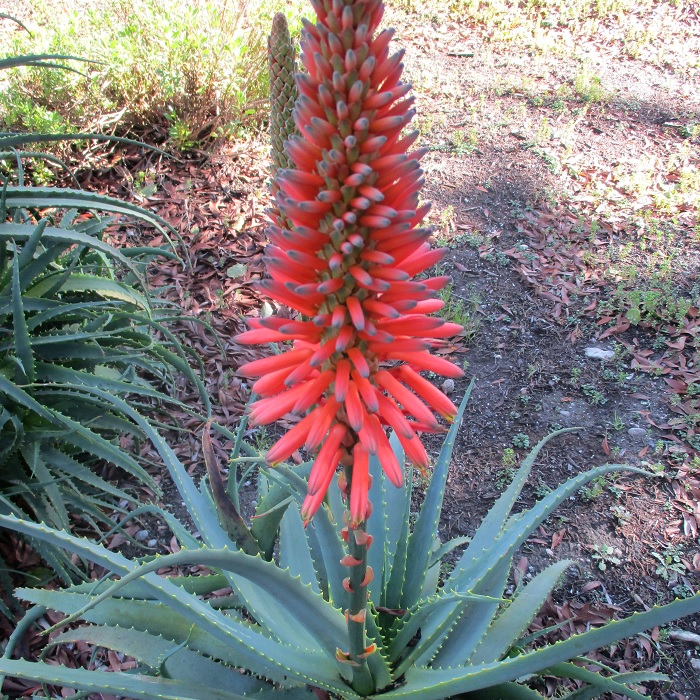UNITED STATES—It might seem creepy to think about what spring bulbs are doing right now out in the garden. Like victims of a horror movie, they were buried in shallow graves last autumn. They were not dead though. They were undead but merely dormant. While no one can see what they are up to, they disperse roots and begin to push new foliage up to the surface of the soil. Some might bloom soon.
Now it is getting to be time for summer bulbs. Unlike spring bulbs, summer bulbs do not prefer to hang out in the garden through the cool and rainy weather of winter. If planted too early, they can start to grow prematurely, and could potentially get damaged by frost. If planted much too late after winter rain, they will need to be watered more carefully while young, and are likely to bloom late.
Just like spring bulbs, most summer bulbs are really corms, rhizomes, tubers or tuberous roots. Only a few are actual bulbs. Although they are very different physiologically, they perform the same function. They store resources from a previous season through dormancy in order to sustain growth for the next season. Some summer bulbs bloom more than once annually or with many blooms.
Dahlia, canna, crocosmia, hardy orchid (Bletilla) and the old fashioned big white calla are some of the easier to grow summer bulbs. Dahlia is the most colorful, but blooms late in summer or early autumn, and might only perform well for a single summer. With regular watering, canna can grow like a big weed, but in a nice way. The others can grow well enough to get invasive over the years.
Gladiolus and lily will probably bloom for only one summer, but are so colorful that those who enjoy them do not mind. Tuberous begonia is fussier, so it is usually grown in pots. Allium, astilbe and maybe liatris have potential to thrive and multiply in the right conditions, but more often bloom for only a few years. Small colored callas are unpredictable too. They are showy but rarely prolific.
After bloom, deteriorating flowers should be pruned away to conserve resources while lingering foliage recharges bulbs for the next winter. This process is known as ‘deadheading.’ Gladiolus, lily and any others bulbs that bloom only once obviously need to be deadheaded only once. Dahlia, canna and others that bloom over an extended season will want to be deadheaded a few times.
Highlight: candelabra aloe
As a group, aloes really deserve more respect. Many will naturalize and thrive with only occasional watering through summer. Candelabra aloe, Aloe arborescens, wants a bit more water than most other aloes, but not much. It looks like a sensitive jungle plant, but is surprisingly durable, and very easy to propagate. Any pruning scraps can be plugged wherever new plants are desired.
The foliage alone is striking. Some might say that the loosely arranged foliar rosettes are sloppy. Others might say they are sculptural. The long and curved leaves are outfitted with prominent but soft marginal teeth. Some specimens have narrower leaves that are almost curled. ‘Variegata’ is striped with creamy white. Mature plants may form dense mounds more than six feet high. Hummingbirds and bees really dig the flashy bright reddish orange floral trusses that bloom on tall stems in winter.






